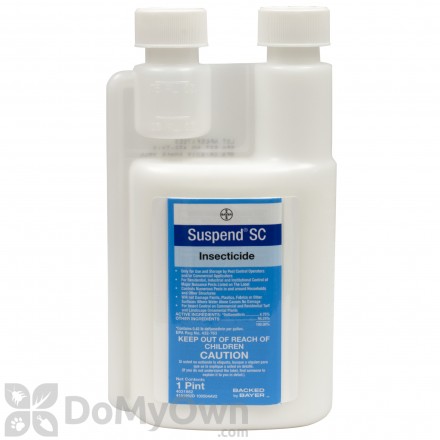Insecticide For Bagworms
Q: We just discovered an arborvitae that has turned brown at the top..seemingly overnight! Upon inspection, it was covered in bagworms at the top. We picked as many as we could up to 6 feet and got a long pruning saw and literally cut off the top of the arborvitae. It was about 20 feet tall. What do we do now? Is this the end of the arborvitae? The bottom seems to be OK. Should we spray? The bad thing here is that this arborvitae is one of 10. The other ones don't seem to have any bags on them, so maybe this one is an isolated tree.
Best Insecticide for Bagworms Spectracide Triazicide Insect Killer for Lawns & Landscapes Concentrate (Ready-to-Spray) Review. If you are having insects crawling in your lawn. Then you should try this product and it’s best suited for destroying bagworms and as well as other insects. It destroys almost 250 insects instantly by direct contact. Bagworms can be controlled by spraying the foliage with insecticides after eggs have hatched and small bags are seen on the trees. Caterpillars must consume the foliage for the insecticide to kill them. For best results, use a biorational pesticide listed in Table 1.
A: Bagworms are fond of arborvitae. It's very common for this kind of browning to seem to happen overnight because the bags blend in so well with the plant foliage. That's because the bagworms make their bags out of needles, and until the bags turn brown, they're hard to notice. By then, the caterpillars inside have been doing enough chewing damage since June to pretty much defoliate and kill branches. Don't bother spraying. Sprays are ineffective at this point once the bags are built and the caterpillars full-sized.

The most effective time to spray is June -- shortly after the eggs have hatched and before the new crop of bagworms has had time to build their protective cases. A good cue to go by is when the catalpa trees and Japanese tree lilacs are blooming.
Male bagworms fly from their cases in September through early October to mate with females in their cases. Then both die off, leaving behind anywhere from 500 to 1,000 eggs per case. Monster shooter back 2 earth online. Those overwinter on the plants, and the eggs hatch the following May through early June.
Picking as many bags as you can is the best thing you can do. Just don't fall off the ladder.

Parasites often bring an outbreak under control, so this doesn't mean all of your arborvitae are goners. You may want to consider spraying the attacked arb and its close neighbors next June with Bt or Spinosad (non-chemical controls) or with such chemical insecticides as permethrin, Sevin or bifenthrin. If you really don't want to risk more damage, spray all 10.
Or you could just take the inspection approach and check your trees carefully next June to see if any little worms or bags are starting to show up. Then spray accordingly.
Your lopped-off arborvitae will likely survive and resume growing, although it's going to look odd being smaller than its neighbors.
At least the bagworms only got part of one of your arborvitae. I've seen this bug decimate whole rows of arborvitae, especially when the owners weren't paying attention to signs of early trouble.